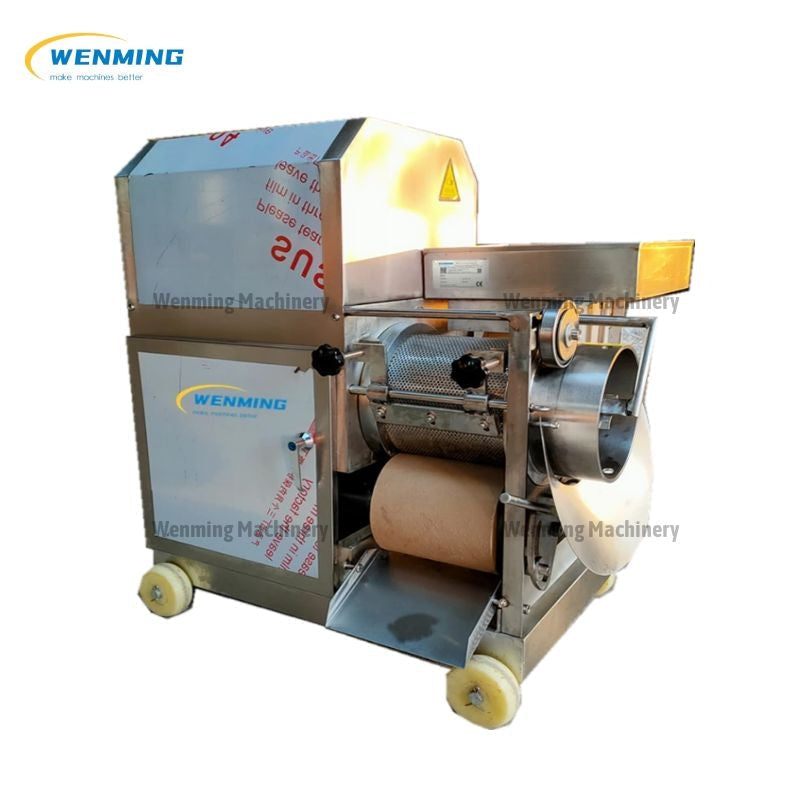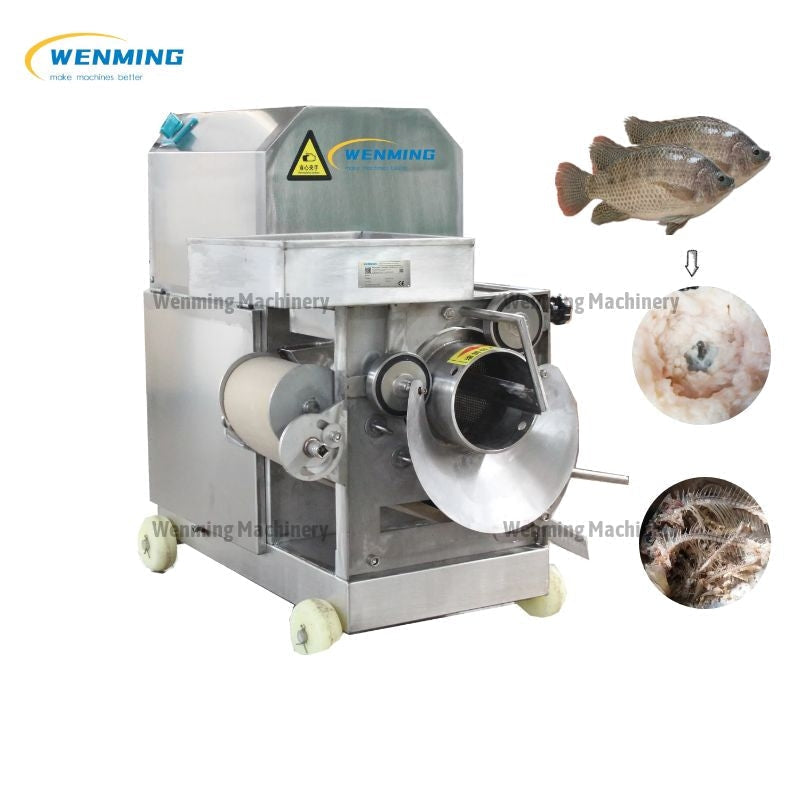10 years of experience as a food machinery equipment manufacturer
10 years of experience as a food machinery equipment manufacturer
The global demand for seafood products has seen a consistent upward trend, driven by a growing population and an increased awareness of the nutritional benefits of fish. This surge places considerable pressure on the seafood processing industry to optimize operations, enhance product quality, and ensure sustainable practices. A critical stage in processing many fish species involves the separation of edible flesh from bones, skin, and fins. Traditionally a labor-intensive and time-consuming task, this process has been significantly revolutionized by the advent of specialized machinery. Among these, the fish meat separator stands out as a pivotal piece of equipment, particularly in regions with a strong seafood culinary tradition and advanced food processing sectors.

In a hub like Singapore, known for its exacting food safety standards and embrace of technological innovation within its food industry, the quality and efficiency of processing equipment are paramount. Fish meat separators utilized in such an environment are typically expected to meet high benchmarks for performance, hygiene, and reliability, catering to the production of a wide array of popular seafood-based foods.
A fish meat separator, often referred to as a fish deboner or a meat-bone separator, is an electromechanical device engineered to efficiently extract fish flesh while discarding unwanted components like bones, skin, and scales. The fundamental principle of operation usually involves feeding pre-processed fish (e.g., headed, gutted, and sometimes pre-cooked or split) into the machine. Inside, the fish are typically pressed between a perforated drum and a flexible belt. The pressure forces the softer fish meat through the small holes of the drum, while the harder bones, skin, and fins remain on the outer surface of the drum and are scraped off as waste. The separated, minced fish meat is then collected, ready for further processing into various products.
The design and sophistication of these machines can vary, but their core purpose remains the same: to automate and optimize the meat recovery process, leading to substantial improvements over manual methods. The quality of the output, in terms of meat texture and purity (minimal bone content), is a key differentiator among various models and manufacturers.
Fish meat separators deployed in high-standard processing environments, such as those expected in Singapore’s food sector, offer a multitude of features and benefits that contribute to operational excellence.
The minced fish meat obtained from separators serves as a primary ingredient in a vast range of seafood products. The capabilities of these machines have enabled the efficient production of items that are staples in many culinary traditions.
Surimi Production: Perhaps one of_the most significant applications is in the production of surimi, a refined fish protein paste. Fish meat separators are instrumental in obtaining the raw minced fish, which then undergoes washing, refining, and mixing with cryoprotectants to create surimi base. This base is then used to manufacture a wide variety of imitation seafood products, such as crab sticks, fish cakes (kamaboko), and narutomaki.
Fish Balls and Fish Cakes: In many Asian countries, including Singapore, fish balls and fish cakes are incredibly popular. The consistent texture and purity of machine-separated fish meat make it an ideal ingredient for these products, ensuring a desirable bite and mouthfeel.
Fish Sausages and Burgers: The minced fish can be used to produce fish sausages, patties for fish burgers, and other reformed fish products, offering consumers convenient and palatable seafood options.
Fillings and Toppings: Separated fish meat is also used as a filling for dumplings, spring rolls, and other composite food products, or as a protein-rich topping for various dishes.
Value-Added Products from Bycatch or Underutilized Species: Fish meat separators can make it economically viable to process smaller fish, bycatch, or species that are difficult to debone manually, transforming them into valuable food ingredients and reducing waste.

Beyond economic and operational benefits, fish meat separators play an important role in promoting sustainability within the seafood industry. By maximizing the recovery of edible meat from each fish, these machines significantly reduce the amount of waste generated during processing. What might have been discarded in manual operations, or used for lower-value products like fishmeal, can be efficiently converted into food for human consumption. This optimal utilization of marine resources is crucial in an era of growing concern over the health of global fish stocks. By extracting more value from the available catch, the industry can lessen its overall environmental footprint.
When investing in a fish meat separator, several factors should be carefully considered to ensure the chosen equipment aligns with specific operational needs:
In conclusion, fish meat separators represent a critical technological advancement in the seafood processing industry. Their ability to enhance yield, improve efficiency, maintain product quality, and contribute to sustainable resource utilization makes them indispensable tools. For a nation like Singapore, with its strong emphasis on food quality, safety, and innovation, the adoption of high-performance fish meat separation technology is aligned with its broader goals of maintaining a competitive and responsible food production sector. As the global appetite for seafood continues to grow, the role of such efficient processing technologies will only become more significant.
